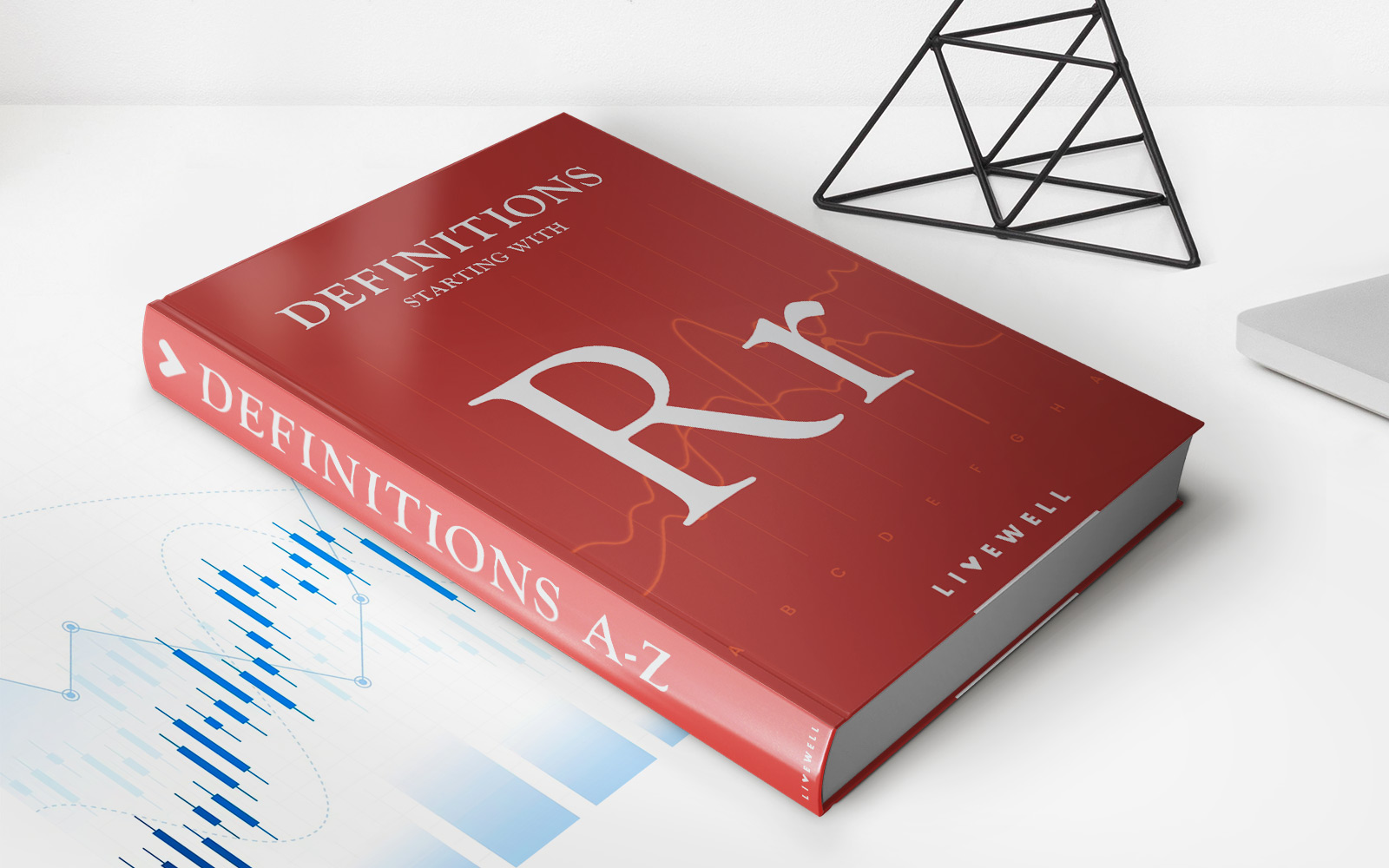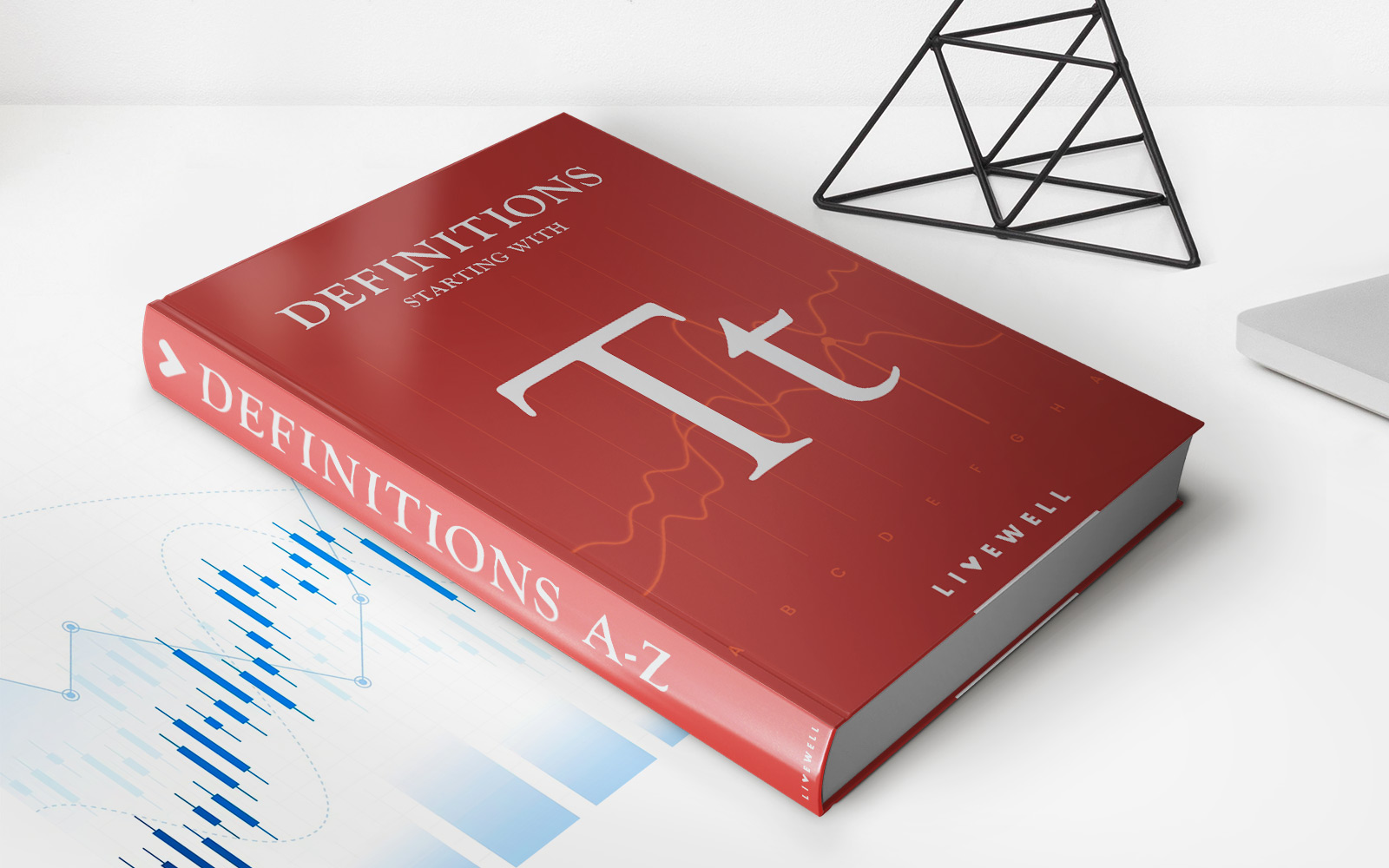Home>Finance>Exogenous Growth: Definition, Economic Theory, Vs. Endogenous


Finance
Exogenous Growth: Definition, Economic Theory, Vs. Endogenous
Published: November 21, 2023
Discover the concept of Exogenous Growth in finance and explore its definition, economic theory, and the key differences compared to Endogenous growth.
(Many of the links in this article redirect to a specific reviewed product. Your purchase of these products through affiliate links helps to generate commission for LiveWell, at no extra cost. Learn more)
Exogenous Growth: Definition, Economic Theory, vs. Endogenous
Welcome to our “Finance” category, where we delve into various aspects of the financial world. Today, we’ll be exploring the concept of exogenous growth, a term widely used in economics. What exactly is exogenous growth, and how does it differ from endogenous growth? In this blog post, we’ll break down the meaning of exogenous growth, delve into the economic theory behind it, and highlight the key differences when compared to endogenous growth.
Key Takeaways:
- Exogenous growth refers to the growth of an economy influenced by external factors such as technology, capital accumulation, or changes in population size.
- Endogenous growth, on the other hand, focuses on internal factors like human capital, research and development, and innovation as drivers of economic growth.
Understanding Exogenous Growth
Exogenous growth is a concept used in the field of economics to explain the factors that contribute to the overall growth of an economy. Unlike endogenous growth, which looks at internal factors driving growth, exogenous growth emphasizes the role of external factors, which are often beyond the control of an economy. These factors can include technological advancements, changes in population size, or shifts in capital accumulation.
In the context of exogenous growth, technological advancements play a vital role. New innovations, discoveries, and inventions have the potential to revolutionize industries and increase productivity levels. By implementing advanced technologies, businesses can produce more output with the same or even fewer resources, leading to economic growth. These technological advancements are often considered as exogenous factors, as they are generated externally and then influence the overall growth of an economy.
Moreover, changes in population size can also impact exogenous growth. A growing population means more consumers, workers, and potential entrepreneurs, resulting in increased demand and economic expansion. Similarly, capital accumulation, which refers to the increase in the stock of physical and financial assets, also contributes to exogenous growth. Investments in infrastructure, factories, and machinery can boost productivity and stimulate economic development.
Exogenous Growth vs. Endogenous Growth
While exogenous growth focuses on external factors, endogenous growth takes a different approach by emphasizing internal factors that drive economic expansion. Here are some key differences between these two types of growth:
- Drivers: Exogenous growth is primarily influenced by external factors like technological advancements, population size, and capital accumulation. In contrast, endogenous growth is driven by internal factors such as human capital, innovation, research and development, and entrepreneurship.
- Control: External factors contributing to exogenous growth are often beyond the control of an economy or its policymakers. In contrast, internal factors affecting endogenous growth can be influenced and nurtured through policy interventions like investment in education, fostering innovation, and providing support to entrepreneurs.
- Sustainability: Exogenous growth driven by external factors can be more unpredictable and subject to shocks. Endogenous growth, with more emphasis on human capital and innovation, puts economies in a better position to adapt and sustain development in the face of external shocks and changing circumstances.
Understanding the distinction between exogenous growth and endogenous growth is crucial for policymakers, economists, and businesses alike. By recognizing the impact of both external and internal factors on economic growth, decision-makers can design effective strategies that foster sustainable development and prosperity.
Conclusion
In summary, exogenous growth refers to the growth of an economy influenced by external factors such as technological advancements, changes in population size, and capital accumulation. These factors are typically beyond the control of an economy or its policymakers. In contrast, endogenous growth looks at internal factors like human capital, innovation, and research and development as drivers of economic expansion. By understanding the distinctions between these two types of growth, we can gain insights into how best to foster sustainable development and maximize prosperity.














